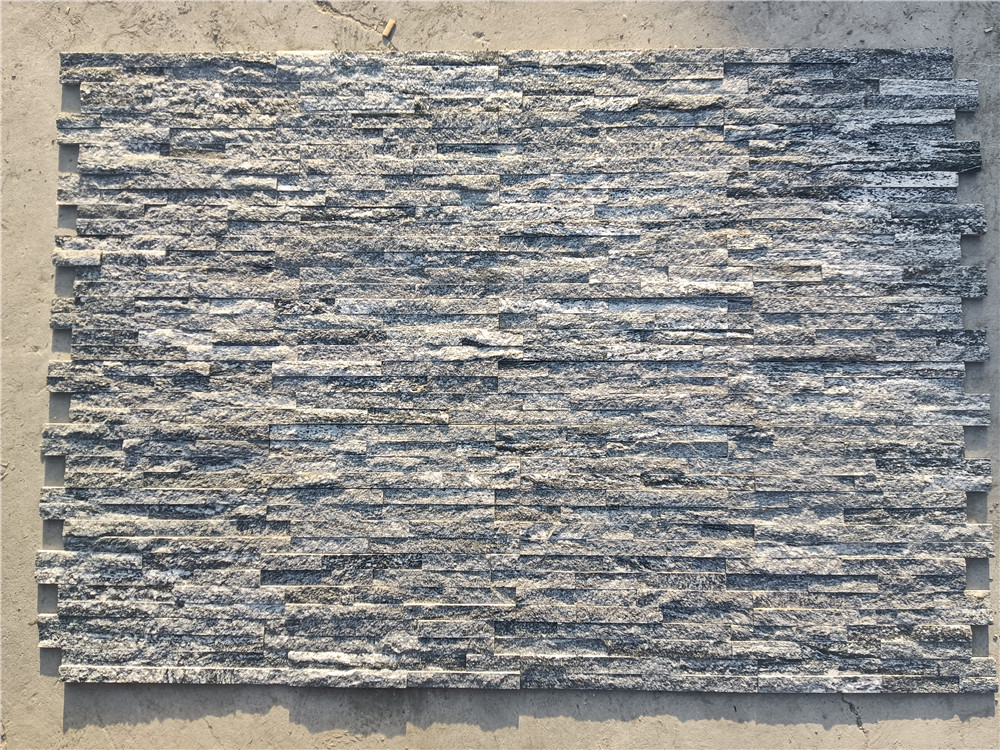Crafting Excellence A Comprehensive Guide to Craftsman Cultured Stone
Introduction Craftsman cultured stone is a popular choice for homeowners and builders looking to enhance the aesthetics of their properties. With its versatility, durability, and aesthetic appeal, craftsman cultured stone has become a favorite material for a wide range of applications, from exterior facades to interior accent walls. In this comprehensive guide, we will explore the various aspects of craftsman cultured stone, including its history, manufacturing process, installation techniques, maintenance procedures, and design inspirations. History of Craftsman Cultured Stone Craftsman cultured stone, also known as manufactured stone veneer, traces its roots back to the mid-20th century when the demand for a more affordable and lightweight alternative to natural stone grew. Initially developed as a cost-effective solution for residential and commercial projects, craftsman cultured stone quickly gained popularity due to its ability to mimic the look and texture of natural stone while offering greater flexibility in design options. Manufacturing Process Craftsman cultured stone is typically made from a mixture of Portland cement, aggregates, and iron oxide pigments to create a durable and realistic-looking product. The manufacturing process involves pouring the mixture into molds that are designed to replicate the shape and texture of natural stone. Once the mixture has set, the molds are removed, and the stone is cured to achieve its final hardness and strength. Installation Techniques Installing craftsman cultured stone requires careful planning and execution to ensure a seamless and long-lasting finish. The process typically involves preparing the surface, applying a weather-resistant barrier, and adhering the stone veneer using mortar or adhesive. Various installation techniques, such as dry stacking, grouting, and jointing, can be used to achieve different aesthetic effects and enhance the overall appearance of the stone. Maintenance Procedures Proper maintenance is essential to preserve the beauty and integrity of craftsman cultured stone over time. Routine cleaning with a mild detergent and water can help remove dirt and debris that may accumulate on the surface. Additionally, inspecting the stone for signs of damage or wear and tear, such as cracks or discoloration, can help identify potential issues early on and prevent further damage. Ledge stone for contemporary design cultured stone offers endless possibilities for creative design solutions that can enhance the visual appeal of any space. From rustic farmhouse styles to modern industrial aesthetics, the versatility of craftsman cultured stone allows for a wide range of design inspirations. Whether used as a focal point in a living room fireplace or as an accent wall in a contemporary kitchen, craftsman cultured stone can add texture, warmth, and character to any interior or exterior space.  Conclusion Craftsman cultured stone continues to be a popular choice for homeowners and builders seeking to elevate the look and feel of their properties. With its versatility, durability, and aesthetic appeal, craftsman cultured stone offers a cost-effective and low-maintenance alternative to natural stone that can enhance the visual appeal of any space. By understanding the history, manufacturing process, installation techniques, maintenance procedures, and design inspirations of craftsman cultured stone, individuals can make informed decisions when incorporating this versatile material into their projects.
Conclusion Craftsman cultured stone continues to be a popular choice for homeowners and builders seeking to elevate the look and feel of their properties. With its versatility, durability, and aesthetic appeal, craftsman cultured stone offers a cost-effective and low-maintenance alternative to natural stone that can enhance the visual appeal of any space. By understanding the history, manufacturing process, installation techniques, maintenance procedures, and design inspirations of craftsman cultured stone, individuals can make informed decisions when incorporating this versatile material into their projects.